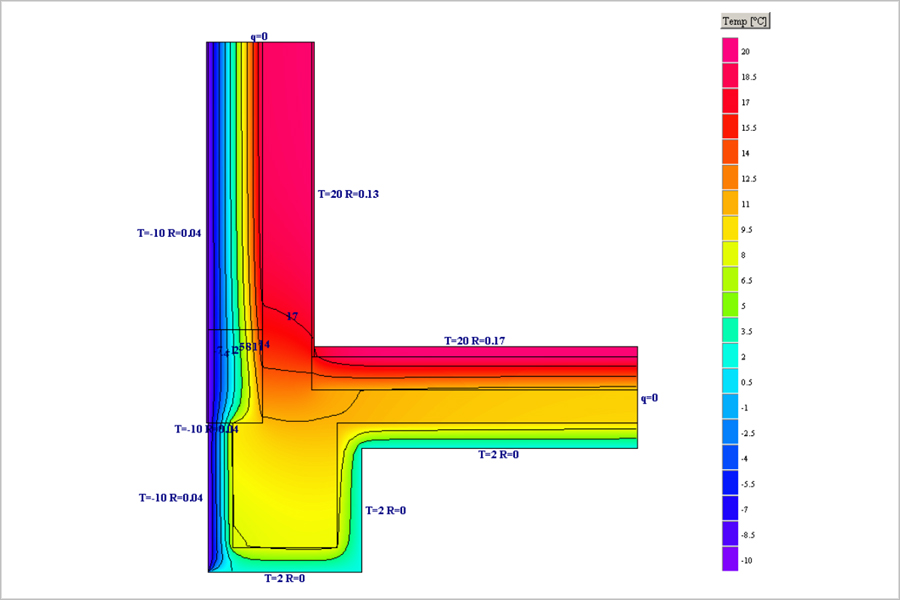In the realm of construction and building compliance in the United Kingdom, adherence to Building Regulations is paramount to ensure the safety, energy efficiency, and sustainability of structures. Part L of the UK Building Regulations, which focuses on the conservation of fuel and power, is a critical component of this regulatory framework. Appendix B of Part L specifically addresses the requirement for photographic evidence to demonstrate compliance with the regulations. This article explores the need and importance of photographic evidence in meeting the standards set out in Appendix B of Part L.
The Role of Part L in Building Regulations
Part L of the UK Building Regulations is designed to minimise energy consumption and carbon emissions from buildings. It sets stringent standards for the thermal performance of building elements, such as walls, roofs, floors, and windows, as well as the efficiency of heating, cooling, and lighting systems. Compliance with Part L is mandatory for all new builds, extensions, and major renovations, ensuring that buildings are constructed to be energy-efficient and environmentally responsible.
The Purpose of Appendix B
Appendix B of Part L provides guidance on the evidence required to demonstrate compliance with the regulations. It emphasizes the importance of documenting the construction process to verify that the building has been constructed in accordance with the approved plans and specifications. Photographic evidence is a key component of this documentation, serving as a visual record of the construction process and the materials used.
The Need for Photographic Evidence
-
Verification of Compliance: Photographic evidence provides a clear and unambiguous record of the construction process, allowing building control bodies, inspectors, and other stakeholders to verify that the work has been carried out in compliance with the regulations. This is particularly important for elements that are not easily accessible once the construction is complete, such as insulation within walls or under floors.
-
Quality Assurance: Photographs can capture the quality of workmanship and materials used during construction. This helps to ensure that the building meets the required standards for energy efficiency and thermal performance. Poor workmanship or the use of substandard materials can lead to increased energy consumption and higher carbon emissions, undermining the objectives of Part L.
-
Dispute Resolution: In the event of a dispute or disagreement regarding compliance, photographic evidence can serve as an objective record of the construction process. This can help to resolve disputes more quickly and efficiently, reducing the risk of costly delays or legal action.
-
Accountability: Photographic evidence holds contractors and builders accountable for their work. Knowing that their work will be documented and scrutinized encourages them to adhere to the highest standards of quality and compliance.
-
Future Reference: Photographic evidence provides a permanent record of the construction process, which can be referred to in the future for maintenance, renovations, or further compliance checks. This is particularly important for buildings that may undergo changes or upgrades over time.
Best Practices for Photographic Evidence
To ensure that photographic evidence is effective in demonstrating compliance with Part L, it is important to follow best practices:
-
Timing: Photographs should be taken at key stages of the construction process, such as before and after the installation of insulation, windows, and other critical elements.
-
Detail: Photographs should be clear and detailed, capturing the specific elements that are relevant to compliance. This may include close-up shots of insulation, air barriers, and sealing details.
-
Context: Photographs should include contextual information, such as the location within the building and the date the photograph was taken. This helps to provide a clear and comprehensive record of the construction process.
-
Organization: Photographs should be organised and labelled in a way that makes it easy to locate and reference specific images. This may involve creating a digital archive with a clear folder structure and naming convention.
Conclusion
Photographic evidence plays a crucial role in demonstrating compliance with Appendix B of Part L of the UK Building Regulations. It provides a visual record of the construction process, ensuring that the building has been constructed in accordance with the approved plans and specifications. By verifying compliance, ensuring quality, resolving disputes, and providing accountability, photographic evidence helps to uphold the standards set out in Part L, contributing to the creation of energy-efficient, sustainable, and safe buildings. As the construction industry continues to evolve, the importance of photographic evidence in meeting regulatory requirements will only continue to grow.


